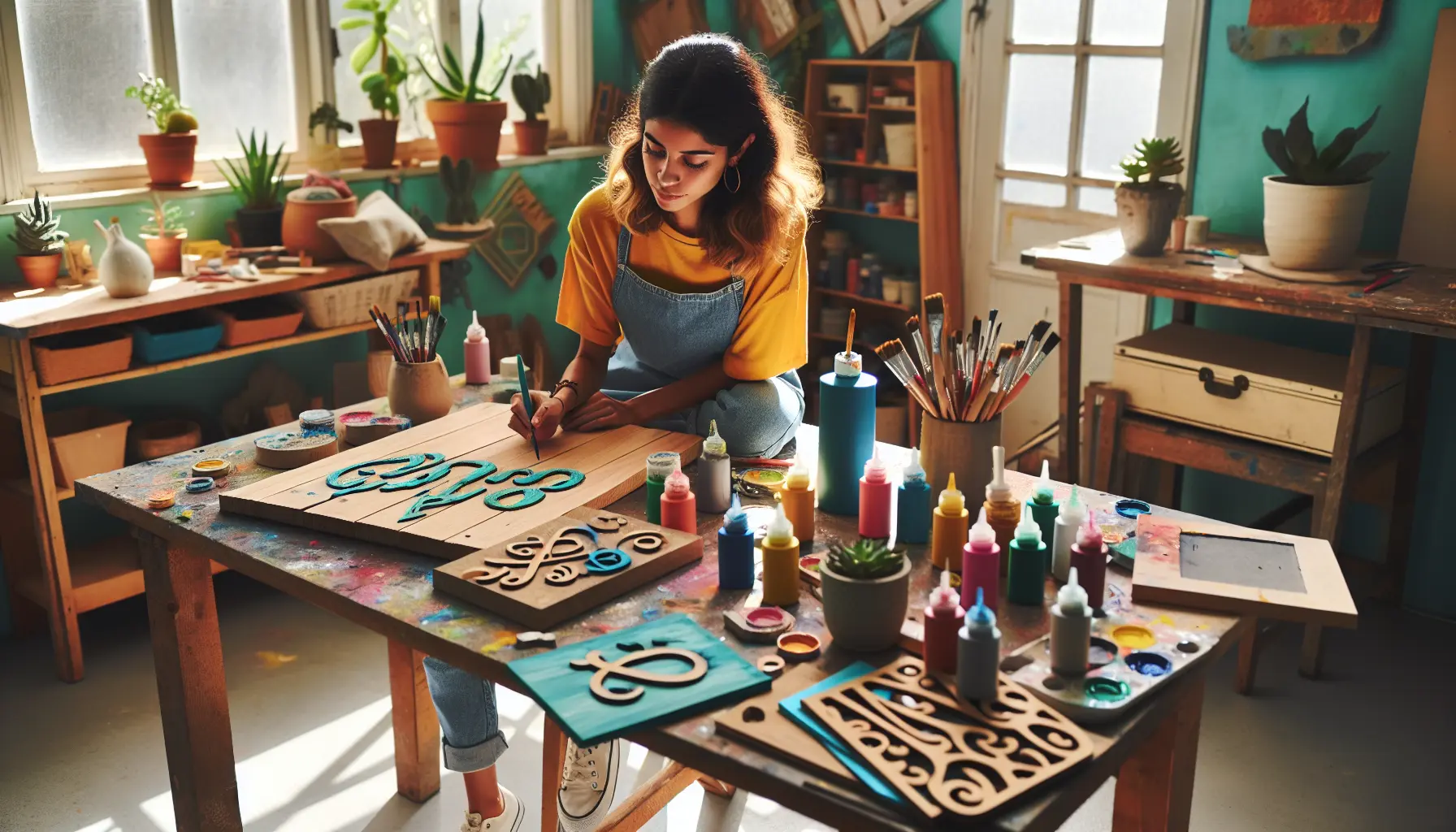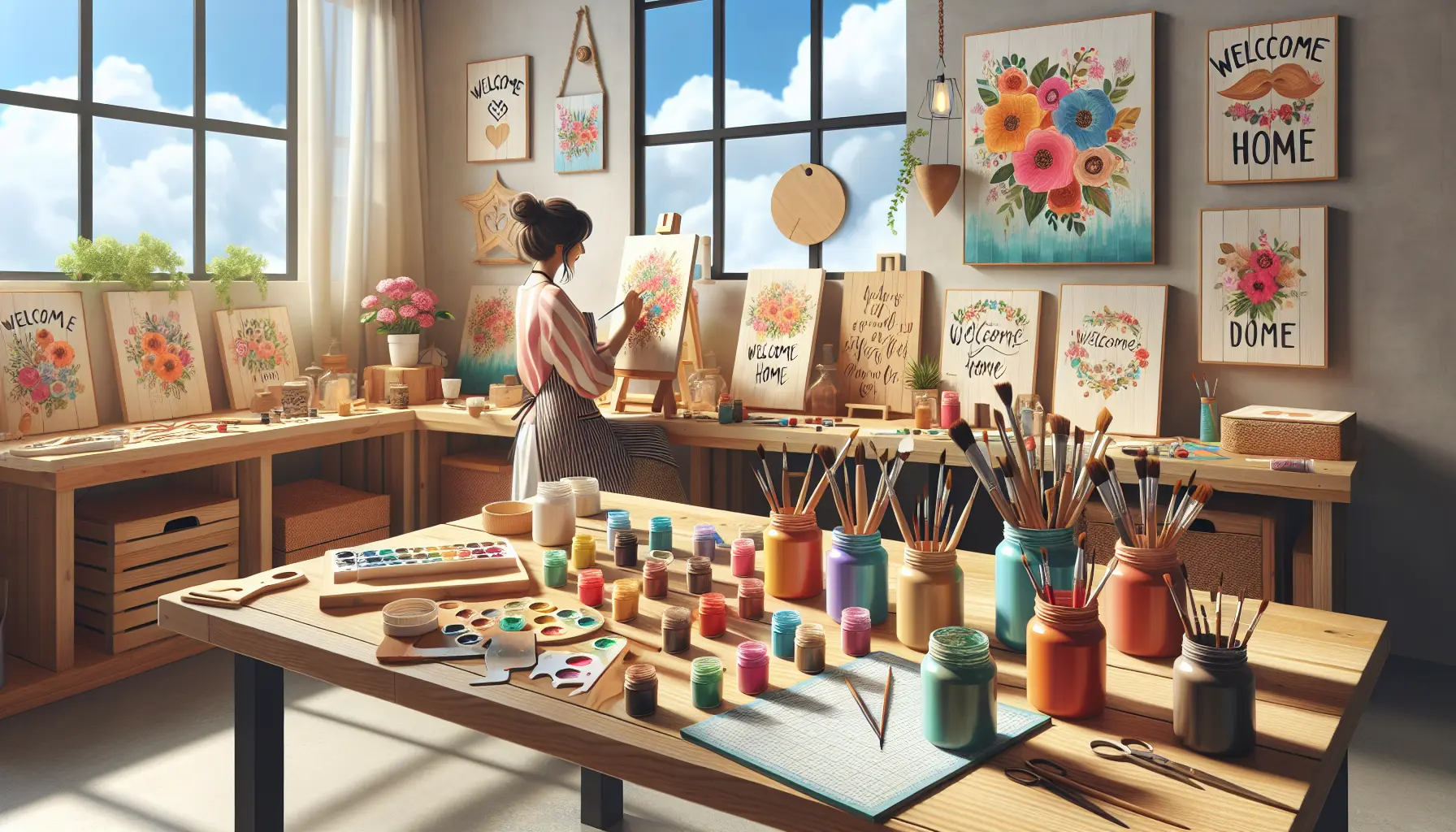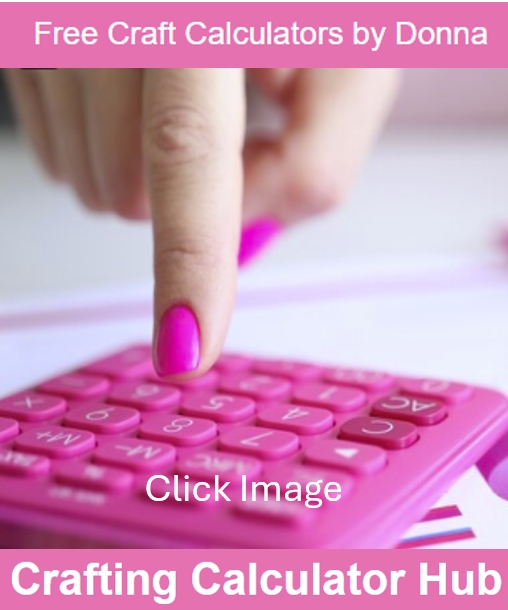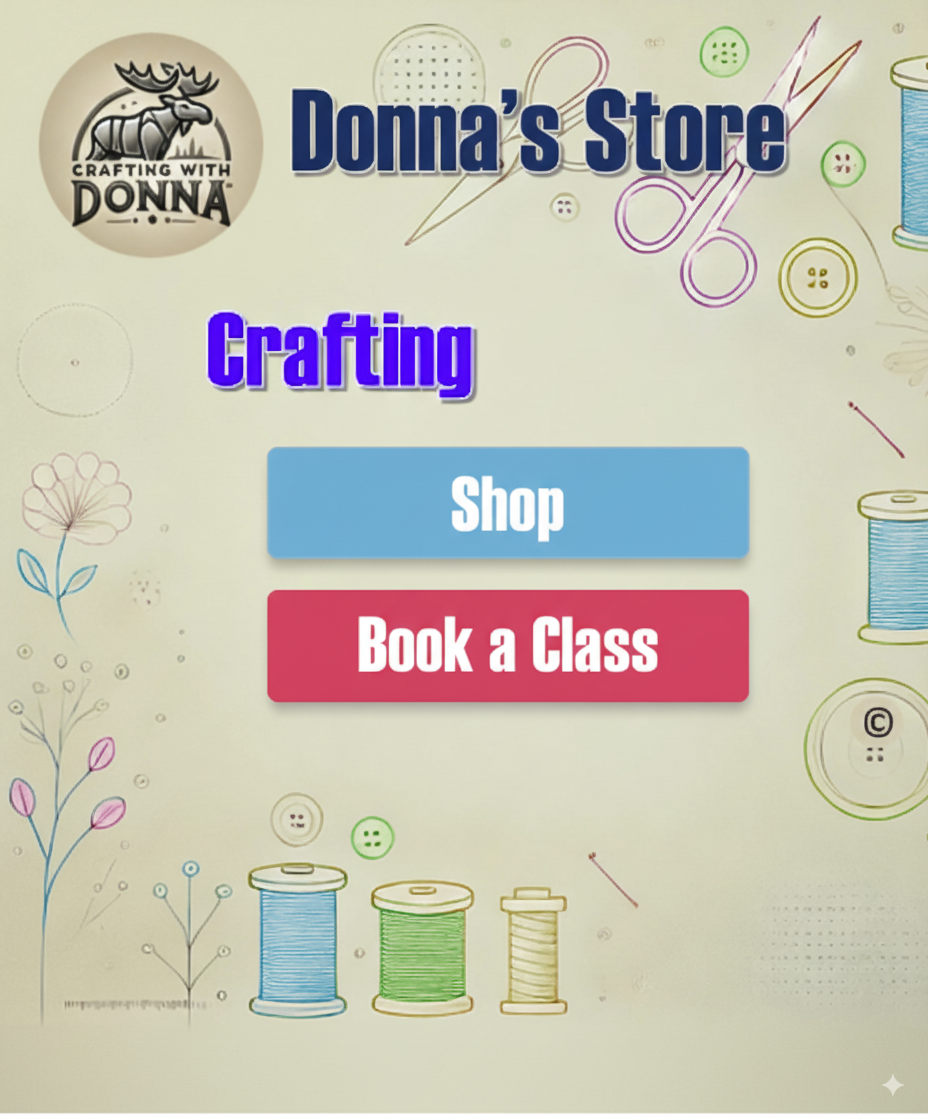Sign Making Transforms Ordinary Crafts Into Art

Transforming the mundane into the extraordinary is an art form that requires creativity, imagination, and the right tools. With a few simple tools and some creative vision, even the most ordinary crafts can be elevated into stunning works of art that tell a story.
One of the primary benefits of sign making is that it allows individuals to craft personalized decor that reflects their personality and style.
Whether it’s a custom DIY lettering project or a beautifully crafted wooden plaque, sign making provides endless opportunities for creative expression and self-expression.
In addition to the creative benefits, sign making can also be a fun and rewarding hobby or side project. With the right craft supplies, such as vinyl cutting and stenciling, individuals can unleash their creativity and design beautiful, personalized decor for their homes and offices.
Exploring DIY Lettering For Signs
Handcrafted lettering.
In today’s world of mass-produced goods, people are seeking ways to express their individuality through artistic expression and customized decorations. DIY lettering for signs offers an affordable and creative solution to this demand.
Upcycling old materials and turning them into functional pieces of art, DIY lettering for signs is becoming a rapidly growing trend in home decor and woodworking projects.
This trend is fueled by the desire for unique and creative ways to add a touch of typography to living spaces, making DIY lettering for signs an attractive option for those looking to brand their personal style.

Essential Craft Supplies For Signmaking
Creating impactful signs that convey messages and capture attention requires more than just creativity – it demands the right combination of materials, tools, and design software.
In the world of signmaking, the right materials can elevate your creations from ordinary to extraordinary, especially for event decorations where custom signs can make or break the ambiance and atmosphere of the occasion. This is why having the right craft supplies is essential for producing high-quality signs that meet your design vision.
When it comes to materials, choosing the right one can be a game-changer.
Wood, vinyl, and acrylic are three popular options that offer unique benefits.
Wood offers a natural, rustic look and feel, making it perfect for custom designs that require a traditional touch. Vinyl provides a durable and versatile medium for a wide range of designs, while acrylic is ideal for event decorations, laser engraving, CNC routing, and fabrication of custom designs and woodworking.
| Material | Benefits | Best Use Case |
|---|---|---|
| Wood | Natural, rustic look and feel | Custom designs requiring a traditional touch |
| Vinyl | Durable and versatile | Wide range of designs |
| Acrylic | Ideal for laser engraving, CNC routing, and fabrication | Event decorations and custom designs |
Personalized Decor Through Sign Crafting
In the realm of home decor, few elements can rival the impact of a carefully crafted sign, infusing a space with personality and charm.
Introduction to Sign Crafting
Sign crafting is the art of creating custom signs that reflect an individual’s personality, style, and flair. It’s an essential element of personalized decor, allowing homeowners to express themselves in a way that mass-produced decor cannot.
The history of sign crafting dates back to ancient civilizations, where artisans would meticulously craft signs for businesses, homes, and public spaces, often using metal embossing techniques to create intricate designs.
Over time, the craft has evolved, incorporating new materials and techniques to create truly bespoke pieces, such as resin casting and calligraphy. Through sign crafting, businesses and individuals can take advantage of unique benefits offered by various techniques such as metal embossing, resin casting, calligraphy, neon, LED illumination, and sandblasting.
Choosing Wooden Plaques For Projects
When searching for a unique way to elevate a project, a touch of natural elegance can make all the difference. Wooden plaques are an excellent choice, offering a distinctive combination of rustic charm and versatility that sets them apart from other materials.
In the world of art and design, wooden plaques have a rich history that dates back centuries, with techniques like etching being used to create intricate designs.
From modern 3D printing to traditional paper crafts, wooden plaques have been a popular medium for artists and designers alike.
Their significance lies in their ability to add a touch of sophistication and rustic charm to any project.
Why Wooden Plaques Stand Out
One of the most distinctive characteristics of wood is its natural, earthy, and warm aesthetic, reminiscent of rustic farmhouse decor. Unlike other materials, wood has a unique texture and grain pattern that makes it an ideal choice for rustic farmhouse decor, particularly when combined with modern techniques like etching, 3D printing, paper crafts, fabric banners, and chalkboard art.
| Characteristics | Wooden Plaques | Other Materials |
|---|---|---|
| Aesthetic | Natural, earthy, and warm | Synthetic and cold |
| Texture and Grain Pattern | Unique and rustic | Uniform and predictable |
| Versatility | Can be combined with various techniques (etching, 3D printing, paper crafts, etc. ) | Limited design possibilities |
Vinyl Cutting Techniques Explained
In the world of modern design, a single technique has emerged as a game-changer, offering unparalleled precision and versatility in a wide range of applications. Vinyl cutting has revolutionized the way we approach various industries and DIY projects, offering a range of benefits that make it a popular choice.
In recent years, this digital software-driven technique has become a go-to method in sign making, crafting, personalized decor, and woodworking projects, thanks to its precision, versatility, and cost-effectiveness.
With the ability to work with various substrate materials, vinyl cutting has opened up new avenues for creatives and makers.
Weeding, taping, transferring, kiss cutting, and die-cutting are just a few of the key concepts and techniques involved in vinyl cutting, each playing a crucial role in achieving the desired outcome. By mastering these techniques, designers and makers can effectively combine modern minimalist and vintage-inspired aesthetics with the latest digital software, applying principles of color theory and font selection to create stunning visual communications on various substrate materials.
Stenciling Methods For Sign Design
In today’s fast-paced business environment, capturing the attention of potential customers is crucial for any successful marketing strategy, and effective sign design plays a pivotal role in this process.
Effective sign design involves a range of techniques, including the clever use of adhesive application, which offers a creative and cost-effective method for producing high-quality signs that truly stand out.
One of the most versatile and beneficial methods in sign design is stenciling, which provides a unique combination of weatherproofing and customization options. One of the primary advantages of stenciling is its ability to provide a professional-looking finish with the added bonus of finishing touches, all while keeping production costs low, making it an attractive option for businesses of all sizes when considering adhesive application, weatherproofing, installation methods, maintenance, and visual merchandising.
Handpainted Signs: Tips And Tricks
In an age where digital displays dominate the visual landscape, a splash of human touch can go a long way in making a lasting impression.
A well-crafted handpainted sign can bring a touch of human emotion and connection to interior decor, making it an ideal choice for businesses and homeowners alike.
In retail, incorporating handpainted signs into wayfinding systems can guide customers through stores and create an immersive brand experience.
This unique approach enables businesses to differentiate themselves from the competition, offering a level of customization and uniqueness that is hard to replicate with mass-produced signs.
By using handpainted signs in outdoor displays, businesses can create a memorable and engaging brand experience that resonates with customers. These signs can elevate the overall aesthetic of trade show booths, making them impossible to miss. Even in menu boards, handpainted signs can add a touch of personality, making the overall brand experience more welcoming and engaging.
Typography Basics For Craft Signs
In the realm of creative expression, a single design element can make all the difference between a mediocre craft and a true masterpiece – and that element is typography.
When it comes to crafting signs, understanding the power of typography is crucial in creating a visually appealing piece that grabs attention. Typography has the ability to make or break the overall aesthetic of your sign, so it’s essential to get it right.
Think about it – a beautiful piece of woodwork or a stunning design can be ruined by poor typography choices.
On the other hand, well-chosen typography can enhance your message, add personality to your sign, and even evoke emotions when creating welcome messages for a home or a wedding decor.
For instance, a bold, modern font can create a contemporary feel for holiday ornaments, while a vintage-inspired script can evoke a sense of elegance and sophistication for wedding decor.
Typography
- A beautiful design can be ruined by poor typography choices, while well-chosen typography can enhance a message and add personality to a sign.
- Different font styles can evoke different emotions and create distinct atmospheres, such as a bold font for a contemporary feel or a vintage-inspired script for elegance and sophistication.




